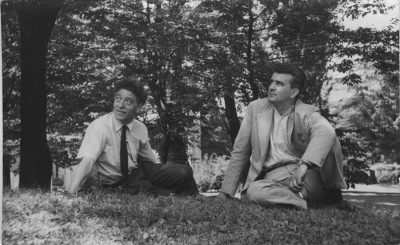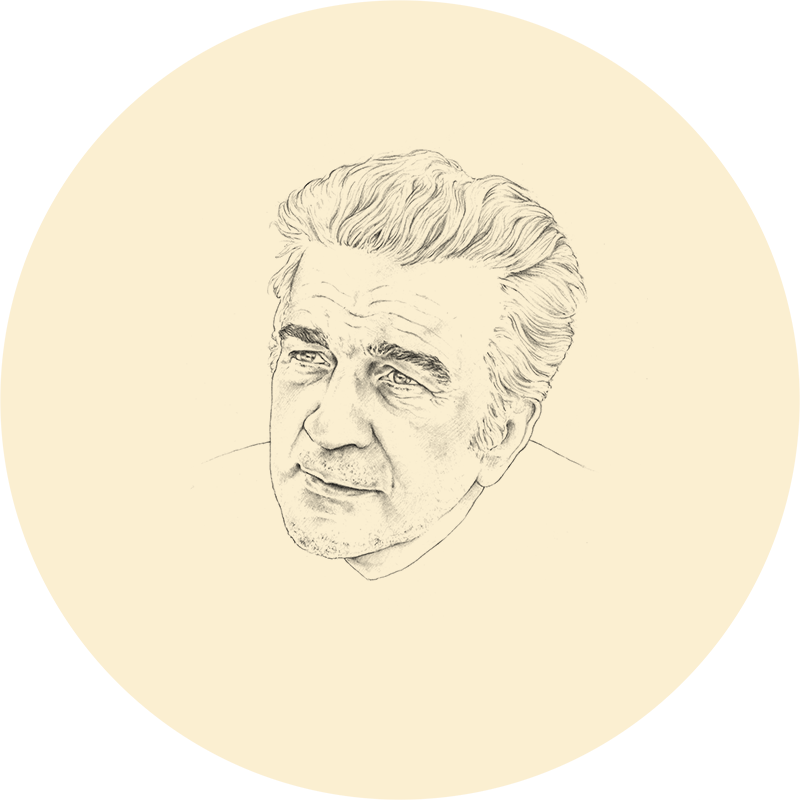There were always a before and after, for you, Mario. You met Elda in 1939. After came the war, prison camps, the return. Elda was getting off a streetcar, at Piazza del Duomo. She had made a mistake, she should have gotten off two stops earlier. You met like that, by chance. It was 1946. Five years later Carluccio was the best man at your wedding.

The craft was not enough for you. Thought was also needed. You wrote for years about art, sculpture. Giò Ponti asked you to work with Domus. You loved Boccioni, Modigliani, the most European of Italians, since you couldn’t identify with the line taken by national sculpture. It was not an act of arrogance. Just an awareness. You loved the sensitivity of Arturo Martini, his poetic fantasy, and you restored Marino Marini to his greatness, recognized abroad more than at home. You wrote about Moore, Medardo Rosso. You wrote about Giacometti. Who invited the anonymous Domus contributor to his home, in Stampa. Twists of fate. Both mountain men, separated by just one crest. And a border. Friendships can also happen like that, with words. To go home from Paris Giacometti began to change his route. Instead of going through Zurich he stopped in Milan. You wandered through the city together. You lingered by night at Piazza Vetra to look at that architectural eruption, the Basilica of San Lorenzo, and by day you visited the chapel of Sant’Aquilino, to look at the mosaics. And so on, from street to street, to Sant’Eustorgio, Sant’Ambrogio, San Simpliciano, Santa Maria delle Grazie. Never a museum, always walking around the city. Except for the Pietà Rondanini, recently moved to the Castle, after the restoration by BBPR, a worthy pilgrimage. Then, together, outside of town: Morimondo, Chiaravalle, Viboldone. And up to the lake, and up even further to your Valtellina, even over the crest, to the house of Giacometti’s mother.
A before, and an after. It was time to prove it. You went to a bank to ask for a loan, the kind they grant to craftsmen. You were already married, already a father. You lived on that loan for two years. You stopped working on commission, stopped working with Domus. You had to sculpt, nothing else. To demonstrate where your path had taken you. Years of made, desperate effort had loosened up your hands and your mind. You weren’t scared of solitude, it was your natural state. You were an ascetic, in the most authentic, original sense of the term. You were conducting research about knowledge through exercise. You trained constantly to improve your abilities, to look beyond material by means of material. To the point of suggesting the human figure, rather than making it.
